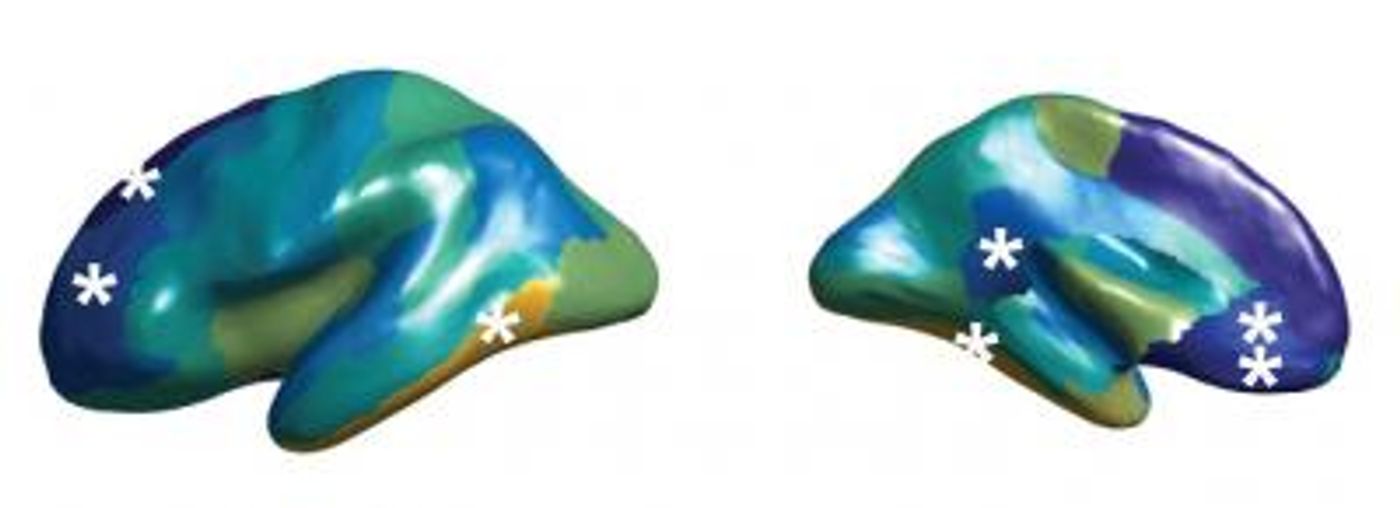Brains are More Symmetrical in People With Autism
There is a long-held belief that people’s mannerisms or personalities are influenced by the side of the brain that they favor; whether they are ‘left-brained’ or ‘right-brained.’ While that theory is mostly incorrect, there are differences between the two halves of the brain. Each brain hemisphere has certain functions that it specializes in; the left half controls many language functions, for example. Brain asymmetry has also been identified as an aspect of some disorders as well, including neurodevelopmental and mental disorders like autism.
Autism spectrum disorder (ASD) impacts communication and behavior and is characterized by difficulties with human interaction and repetitive behaviors. It can cause different symptoms in different people, which can vary widely in their severity. Scientists have been trying to learn more about whether individuals with autism have more symmetrical brains than individuals without autism, sometimes called neurotypical people.
"Previous studies have suggested that people with autism spectrum disorder are less likely to have the typical asymmetries for language dominance or hand preference. However, it has not been clear whether asymmetry of the brain's anatomy is affected in autism, because different studies have reported different findings," noted graduate candidate Merel Postema.
In new research reported in Nature Communications, an international team of brain researchers called the ENIGMA (Enhancing Neuro-Imaging Genetics through Meta-Analysis) consortium has learned more about brain structure in neurotypical individuals and autism patients. They assessed brain scans from 1,774 individuals with autism and 1,809 healthy people, most of whom were children.
The scientists learned that yes, in people with autism, the left and right brain hemispheres are more similar; there is reduced asymmetry in the brains of ASD patients. The reduction in asymmetry was primarily observed in the thickness of the cortex, a thin layer covering the brain, at different places on the surface of the brain. In healthy individuals, this layer has different thicknesses in the right and left hemispheres. These differences were not influenced by sex, age, intelligence, symptom severity, or medications.
"The very small average differences in brain asymmetry between affected people and controls mean that changes of brain asymmetry will not be useful in terms of clinical prediction," said the leader of the work, Clyde Francks. "But the findings might inform our understanding of the neurobiology of autism spectrum disorder."
The researchers suggested that the changes in brain development are related to autism, and have an impact on areas of the brain with diverse functions. For example, they observed that many regions that were affected overlap with a network of areas that are linked and are especially active when the mind wanders and during passive rest; it’s called the default mode network.
Sources: AAAS/Eurekalert! via Max Planck Institute for Psycholinguistics, Nature Communications









